Taking a roadtrip alone can be a daunting experience if you don’t know where to start. How to prepare, what to pack, and how to stay safe are all valid concerns. Luckily, I’ve been taking solo road trips for years and have TONS of helpful tips to share, and a road trip checklist, too.
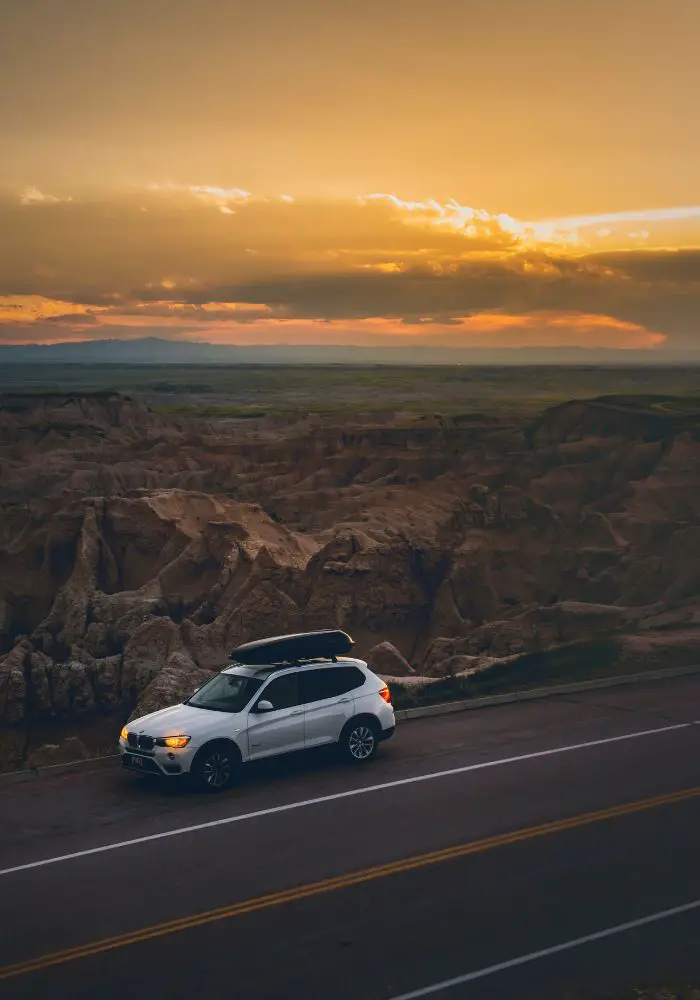
Road trips are the ultimate freedom. Whether you are road tripping solo or with friends, the undeniable feeling of independence is unparalleled.
You aren’t forced to operate on an airline’s schedule. You don’t need to sit in cramped bus seats next to strangers. And, you are free to stop and detour anywhere you like along the way.
Planning a road trip alone takes things one step further. You don’t need to compromise your schedule, stops, or how many hours you’ll drive in a day with any other human being.
Not to mention that all that time alone on the road offers some great time for reflection. That’s just one of the great benefits of solo travel.
It’s all up to you. And that is amazing.
Solo road trips are hands down one of my favorite ways to travel.
I have now completed a total of nine road trips across the United States (six of them solo), as well as in Lithuania, Mexico, Aruba, and more. At this point, I am pretty confident in my road trip skills and know exactly what my “essentials” are for any climate.
Here I will share some helpful tips on driving long distances alone, as well as how to prepare before you hit the road. By the end, you will feel ready to hit the road solo.
Bonus, I’ve even included a printable checklist to help you on your way. Let’s dive in!
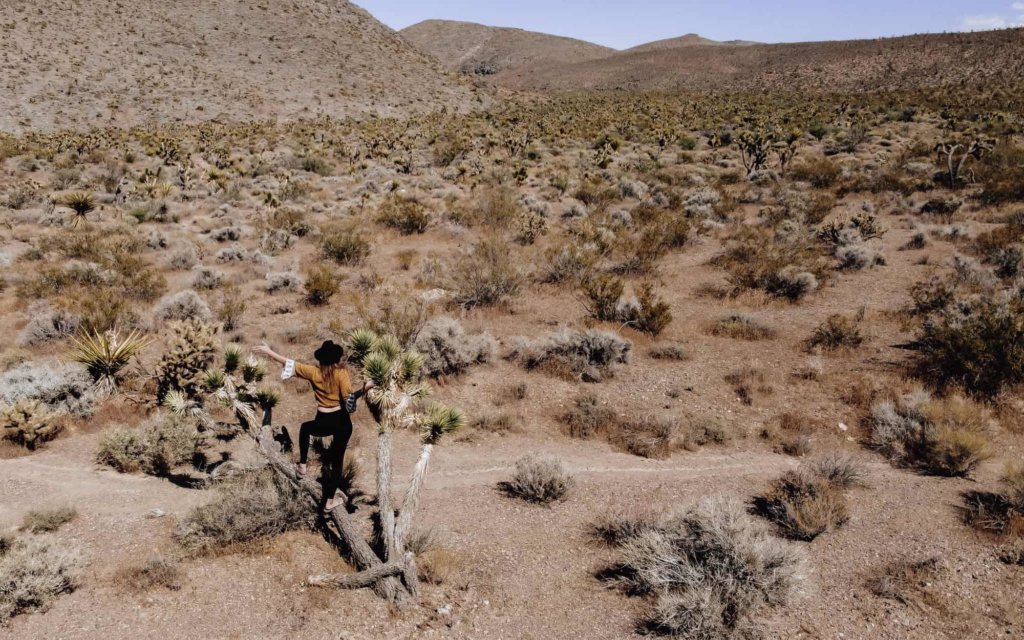
Planning Your Trip
This section will cover how to plan and prepare for your trip.
1) Determine the length of your road trip.
Before you do anything else, you need to identify how many days you plan to be on the road. Are you taking a two week vacation from work? Are you setting out for a month? Or just for a weekend?
Identifying your time frame is an obvious but important step. You need to be able to realistically plan how many hours you are able to drive (especially alone) in one day.
You won’t have anyone to swap places with so be honest about how tired you get, how uncomfortable you get, and how far you need to get.
Which brings me to the next step.
You May Also Like: An Epic Road Trip from California to Arizona
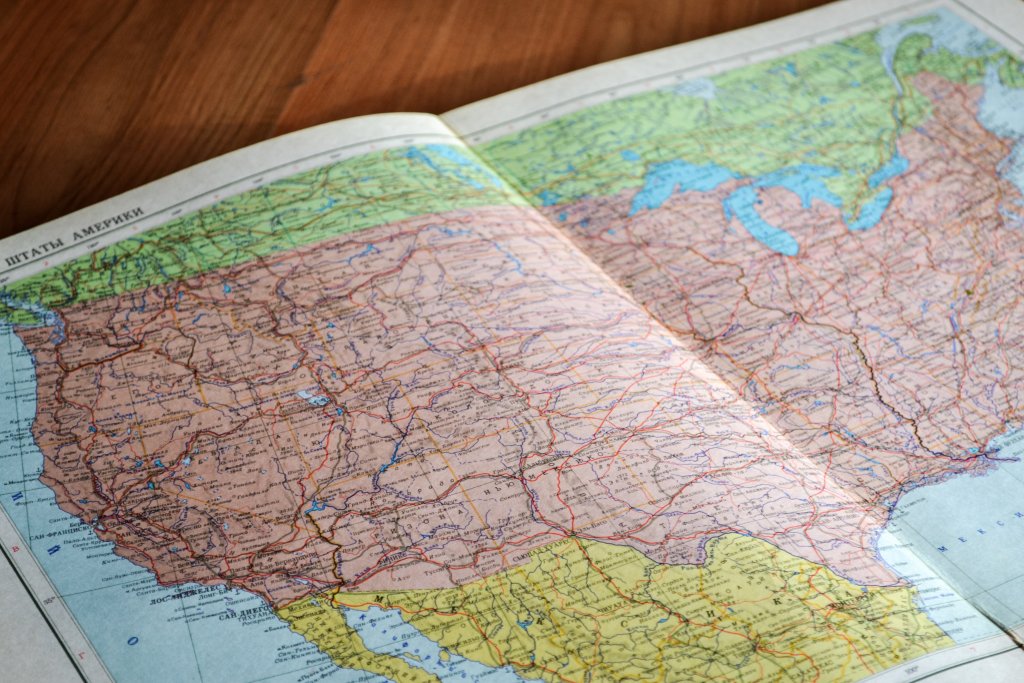
2) Choose your destination.
Do you have a specific national park or city that you are ultimately heading toward? Or are you going out for simple exploration?
Oftentimes we have a goal or a place we want to reach at the end of the line. For instance, I’ve recently traveled from southern California to see the unbelievable Seven Magic Mountains art installation and the Valley of Fire State Park in Nevada.
And, separately, I’ve driven from Los Angeles to Joshua Tree and then Joshua Tree to Death Valley.
But, if you have the time, you may want to plan a larger trip with multiple destinations along the way, spanning multiple states and multiple sites. Pull out the map and start your research.
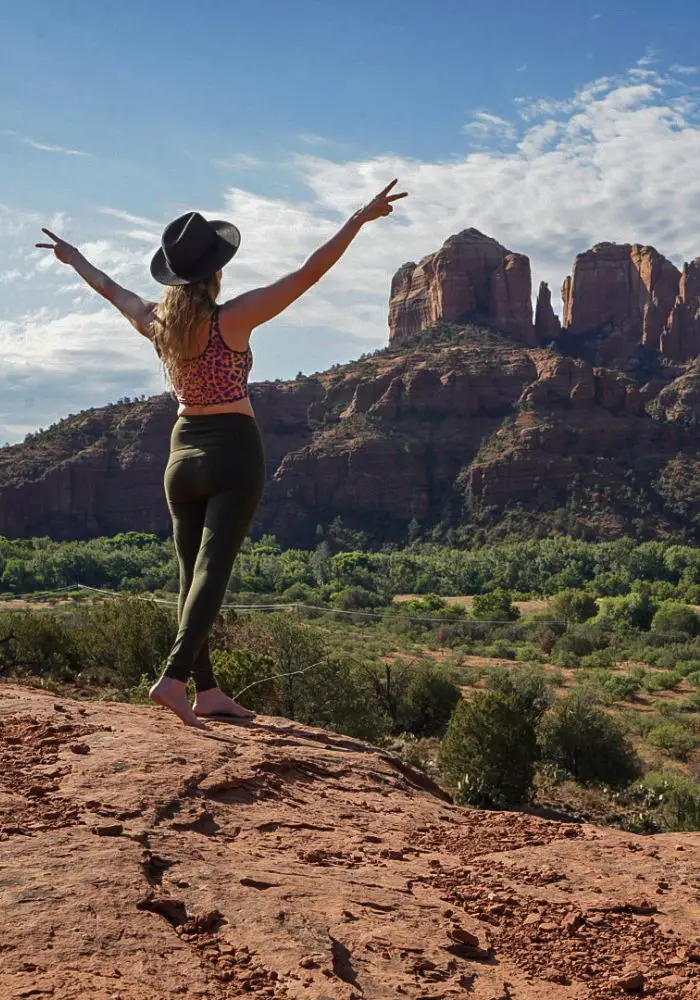
This is important to think about up front because it will help you configure how many hours you will need to drive in a day.
If you are planning a long road trip, you will want to gather a fair idea of what sights you want to see along the way and how far apart those places are.
You don’t necessarily need to evenly split your drive time hours between days. In fact, that rarely works out, because some parks or sites might call for several hours of exploration and hiking, while others warrant a quick 15 minute photo stop.

3) Prepare Your Car.
If you are taking your own car on the trip, I highly recommend making sure everything is in top shape before you go.
Is your tire pressure correct? Do you have enough windshield wiper fluid? Are your brakes in good shape? Do you have a spare tire?
If you know how to do these checks yourself, great! Absolutely do it!
If you don’t, you should definitely book an appointment to have these quickly checked out at your local auto shop before you go. Your safety is important.
Taking an hour out of your day for a quick car checkup might save you hours of trouble later on. Being broken down, or stuck by the side of the road, possibly with no cell service, is not a great situation to be in.
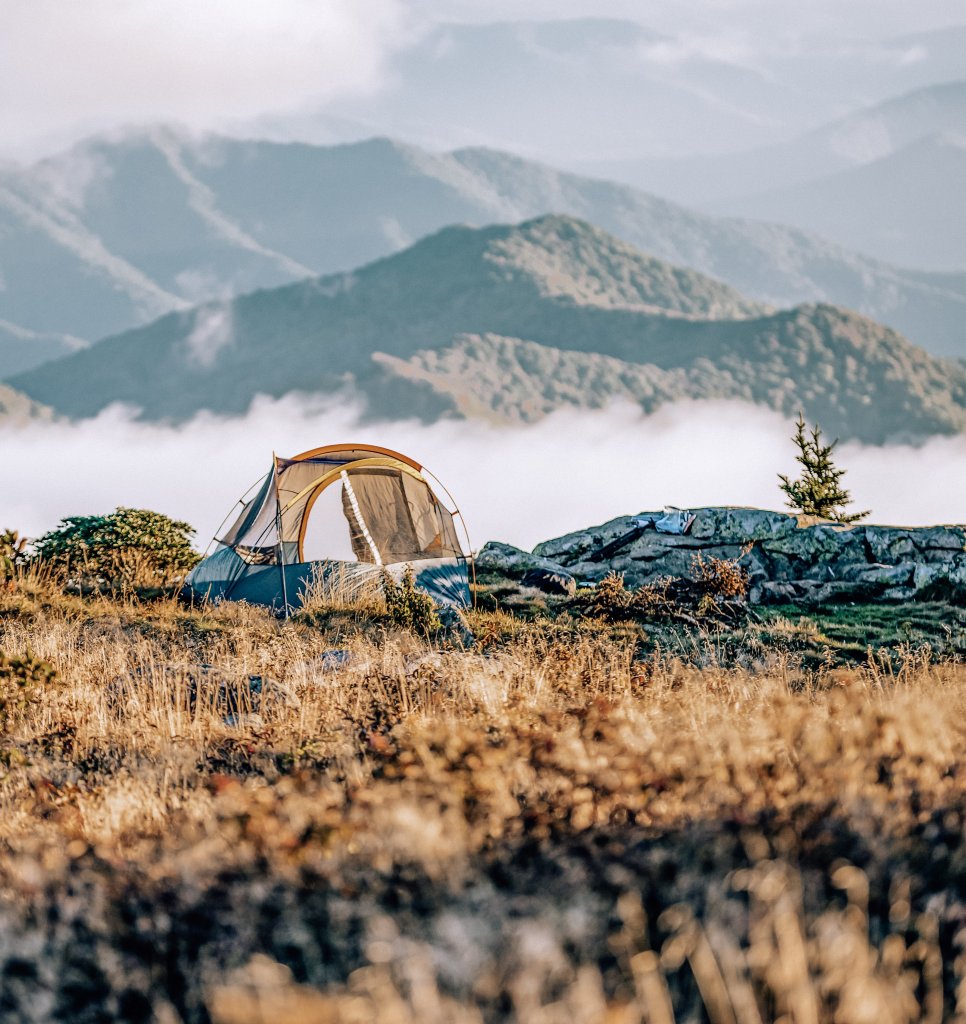
4) Know where you plan to sleep.
Will you be camping along the way? Will you need to book hotels? Where do you plan to sleep?
This could also determine how many hours you need to drive in a day, particularly if you need to reach a certain campsite or hotel before nightfall.
There are some pros and cons to consider, too.
If you are a planner, you can book each of your stays before you even leave the house. But then you won’t have much wiggle room in terms or your location goal each day. If you want to go where the wind takes you, and not book any hotels in advance, that’s also fun to do.
Pro Tip: be mindful if you plan to go camping alone that you are reaching the sites before sundown. It’s pretty annoying to try and pitch a tent in darkness.
5) Be ready for emergencies.
Have you ever run out of gas in a deserted area? Or blew out a tire and didn’t have a spare? If so, learn from it! Or if you haven’t, learn from me.
Here are a few solo road trip essentials for a roadtrip alone:
- A Spare Tire
- A Tire Pressure Gauge
- Flares
- An Extra Canister of Gas (if you are in a truly deserted spot)
- A Paper Map (or a downloaded one). Don’t rely on cell signal alone.
- An Extra Set of Keys
- A Car Battery Jump Box
- License / Insurance / Registration (and/or car rental papers and passport)
- CASH for tolls
- Share Your Itinerary With a Friend (particularly if you’re feeling nervous or it’s your first time road tripping alone)
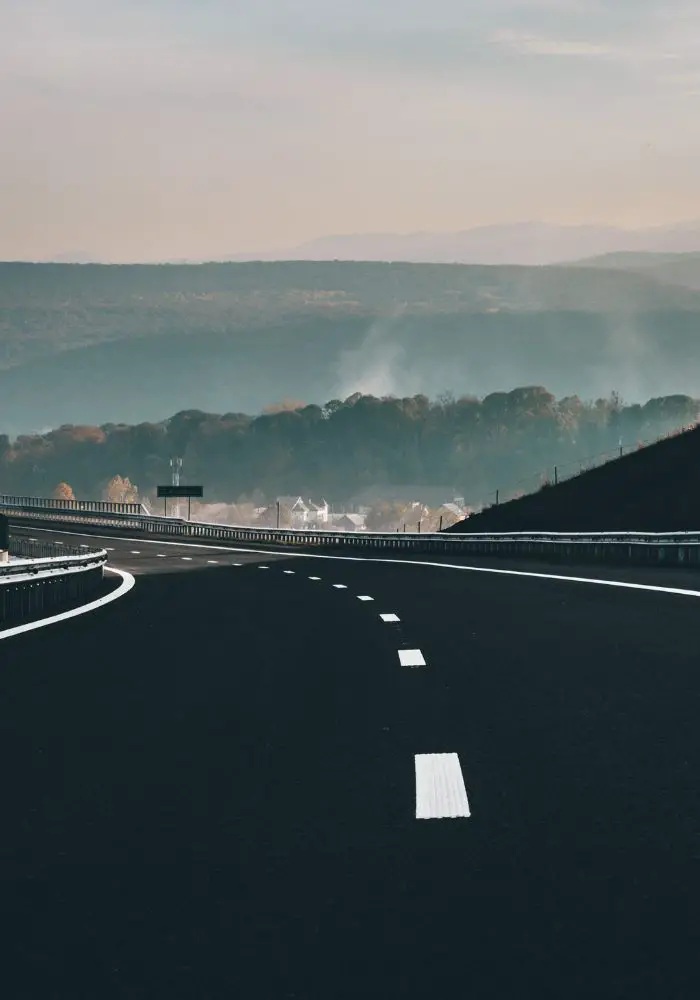
On The Road
Now that you have determined your trip destination, length, route, and prepped your car, it is time to hit the road.
While the information above will set you up for safety and help you prepare, there are also a number of things you should keep in mind while on the road.
1) Pack some entertainment.
While on some of my solo road trip adventures I prefer listening to great music, there are also many trips nowadays that I’m more interested in podcasts.
Podcasts and audiobooks are a great way to go. They can make the time fly between sightseeing, and I like to get wrapped up in whatever the topic of choice may be.
Pro Tip: Check out my full list of the best travel apps here!
I recommend downloading a few podcasts and audiobooks in advance, because you will probably hit areas with no reception. Check out the linked apps list above for the best podcast and audiobook options.
2) Don’t forget cables and chargers.
Nowadays we have all kinds of electronics we carry, from cell phones to cameras to iPods to tablets. Be sure to bring the correct cable for each item you plan to bring.
If you’re camping, keep these plugged in while you drive so that when the car is off overnight, you already have a full battery.
If you are staying in hotels, it’s less of an issue. No matter if I stay in a tent or some other accommodation, I always carry a portable power bank. It is a complete “must” for me.
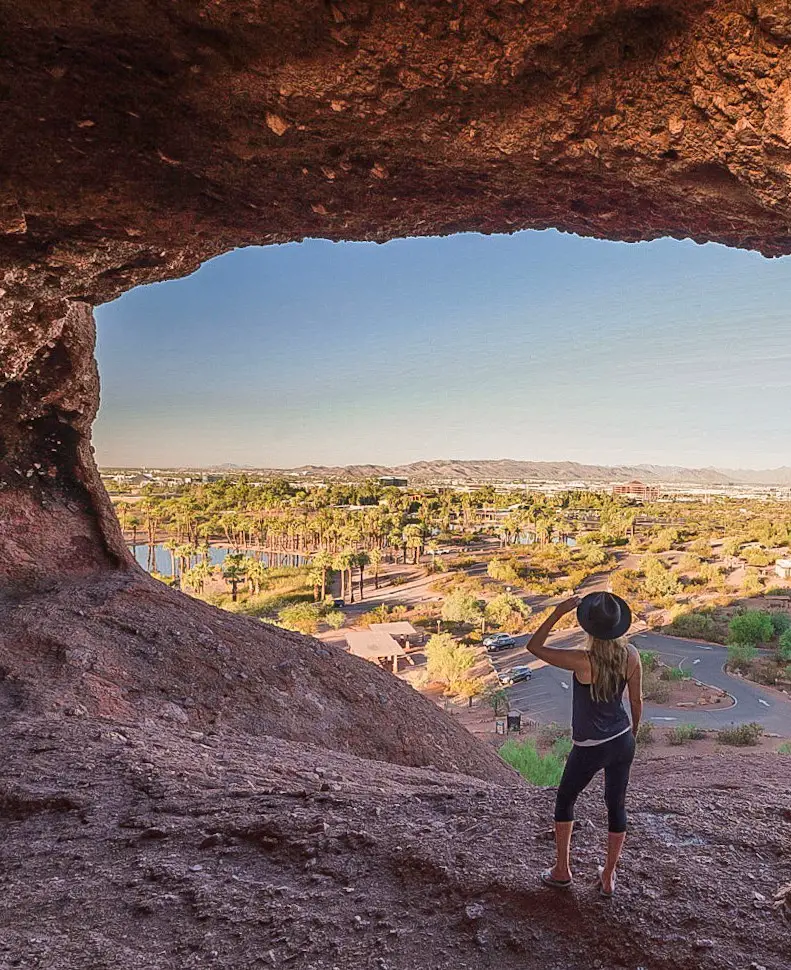
3) Definitely pack your hiking gear.
You probably know by now, I love the outdoors. I’m always ready for outdoor exploring in any climate and on every trip. I simply pack my favorite hiking gear and keep it in a separate day pack on the go.
Pro Tip: The following articles can help you plan your hikes:
4) Have camping gear handy in the trunk.
If you plan on camping (and perhaps even if you don’t intend to!) you will want to stash your sleeping bag and tent in the trunk.
Make sure that you know how to pitch that tent solo, too! If you’re feeling rusty, absolutely go through the process before you leave home, silly as it may seem.
You’ll also want to pack a flashlight or a headlamp whether you are camping or not. This can come in handy both inside the car and out, and is lightweight and barely takes up any space. I even recommend leaving one in your glovebox permanently.
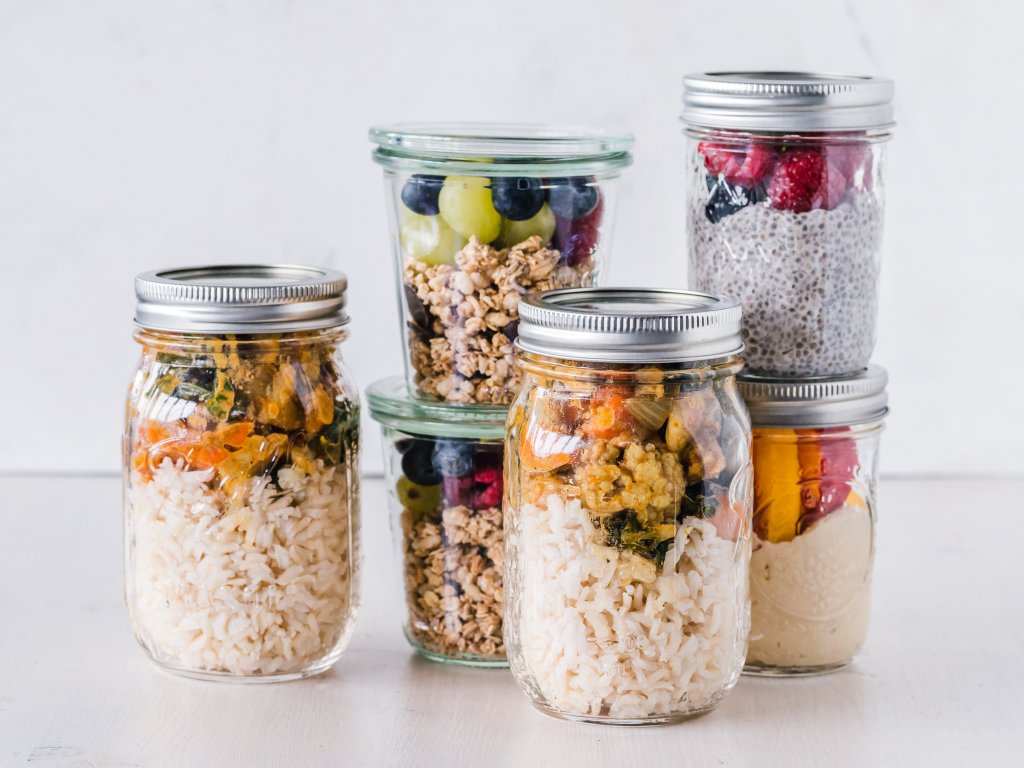
5) Bring your own snacks!
What’s a road trip without some good car snacks?
You need some tasty fuel for your body while on the road! In my opinion, gas station food just doesn’t cut it for breakfast, lunch and dinner.
I recommend to pack a cooler with your favorite drinks and portable food before you leave, and replenish at the grocery store as you go. This is what I always do myself.
Pro Tip: make a road trip food list and go shopping the day before you hit the road.
I’m a huge fan of packing my own food because I know I’m giving my body something healthy, which will keep my mind alert and focused. It will save me money, too.
Some great options for food on the go are: carrot sticks and hummus, peanut butter and jelly sandwiches, apples, and trail mixes. I even sometimes pack full meals in jars and tupperware.
Finding this list helpful? Sign up below to get a free PDF copy sent straight to you inbox!
6) Pack all the basics.
You obviously will need to being your necessities like clothing and toiletries. Be sure to pack either enough clothing items to make it to the end of your trip or bring a small travel batch of laundry soap with you.
I like to use a bag for dirty laundry that I keep separate from my clean clothes, and a plastic bag for your dirty hiking shoes. I also recommend flip flops no matter the season, particularly if you will be in a public shower at the campsites.
Be sure to check out my travel essentials to see my top-used items.
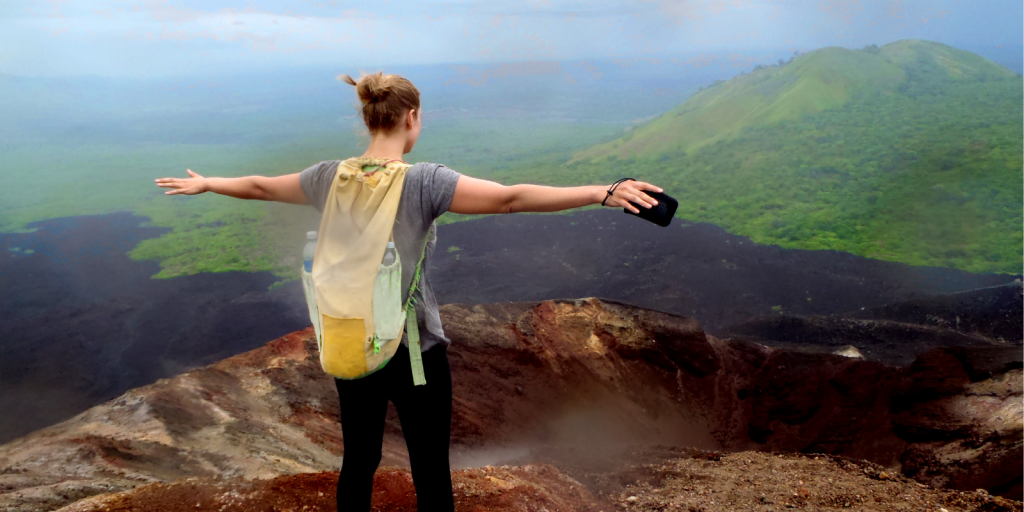
7) Leave room for spontaneity.
Last but not least, be sure to leave some room for spontaneity on your trip.
Even if you are a meticulous planner, don’t try to micromanage every second of your trip. Some of the best adventures I’ve been on were due to accidental finds, spur of the moment stops, and purposely driving off-course.
Do something just slightly outside of your comfort zone so that you have the opportunity for happy accidents. Some “happy accidents” I’ve experienced:
- I met another girl while hiking a volcano in Nicaragua, and our friendly chatting resulted in attending her father’s birthday weekend in their San Juan del Sur beach house.
- A spur of the moment decision in United Arab Emirates allowed me to sit in the VIP section (with the sheiks!) at a camel beauty contest.
- A spontaneous boat ride in Sri Lanka resulted in an invite to a local’s house for tea, where he lived with his wife and granddaughters.
And so on. You get the point.
If you pre-pay and pre-book too much, you actually might end up counting yourself out of spontaneous adventures just trying to meet too many deadlines.
It’s all about balance. Plan enough to make you feel comfortable, and leave open enough for chance.
Where will you be headed on your solo road trip? Let me know below!
Pin Me For Later!
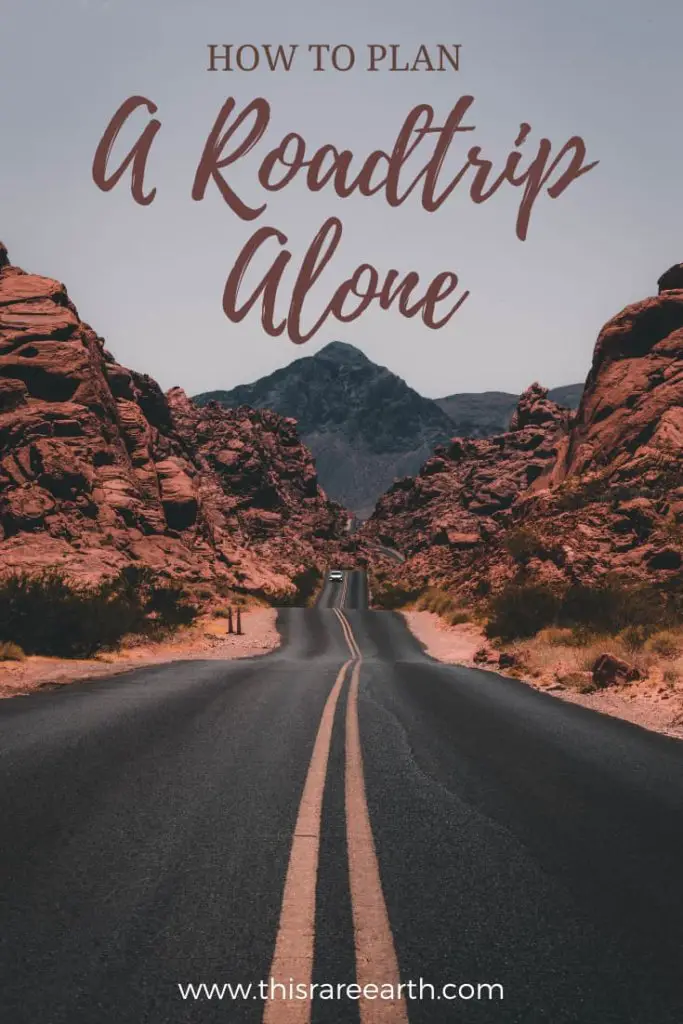
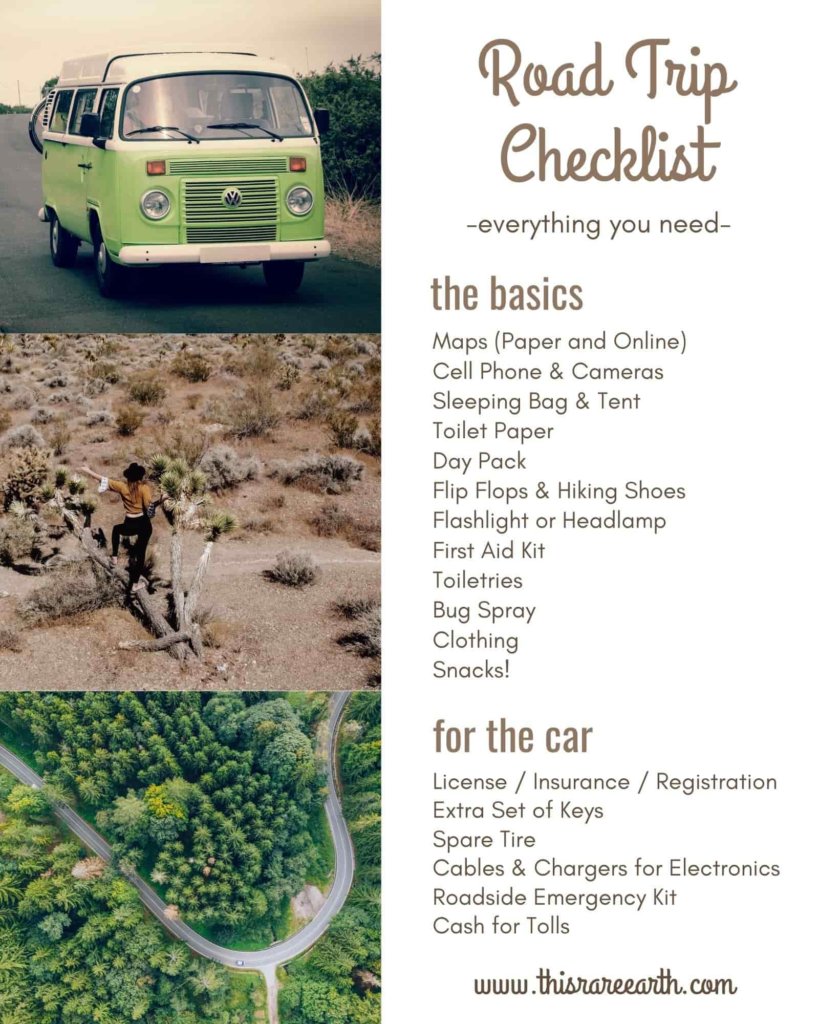
- 10 Things to Know Before Visiting the Sheik Zayed Grand Mosque
- Solo Female Travel in the Middle East – Is it Safe?
- 30 Most Beautiful Places in the Middle East You NEED To See
- 10 Interesting Facts About Afghanistan, From Someone Who Has Traveled There
- 10 Best Beaches in Muscat, Oman: The Ultimate Guide
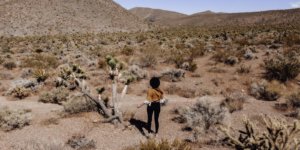

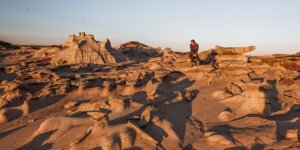

Bravo Monica!
Happy Trails!
With love,
Dana
Thank you so much Dana! I appreciate the support and love. Hope you are planning some amazing adventures this year!